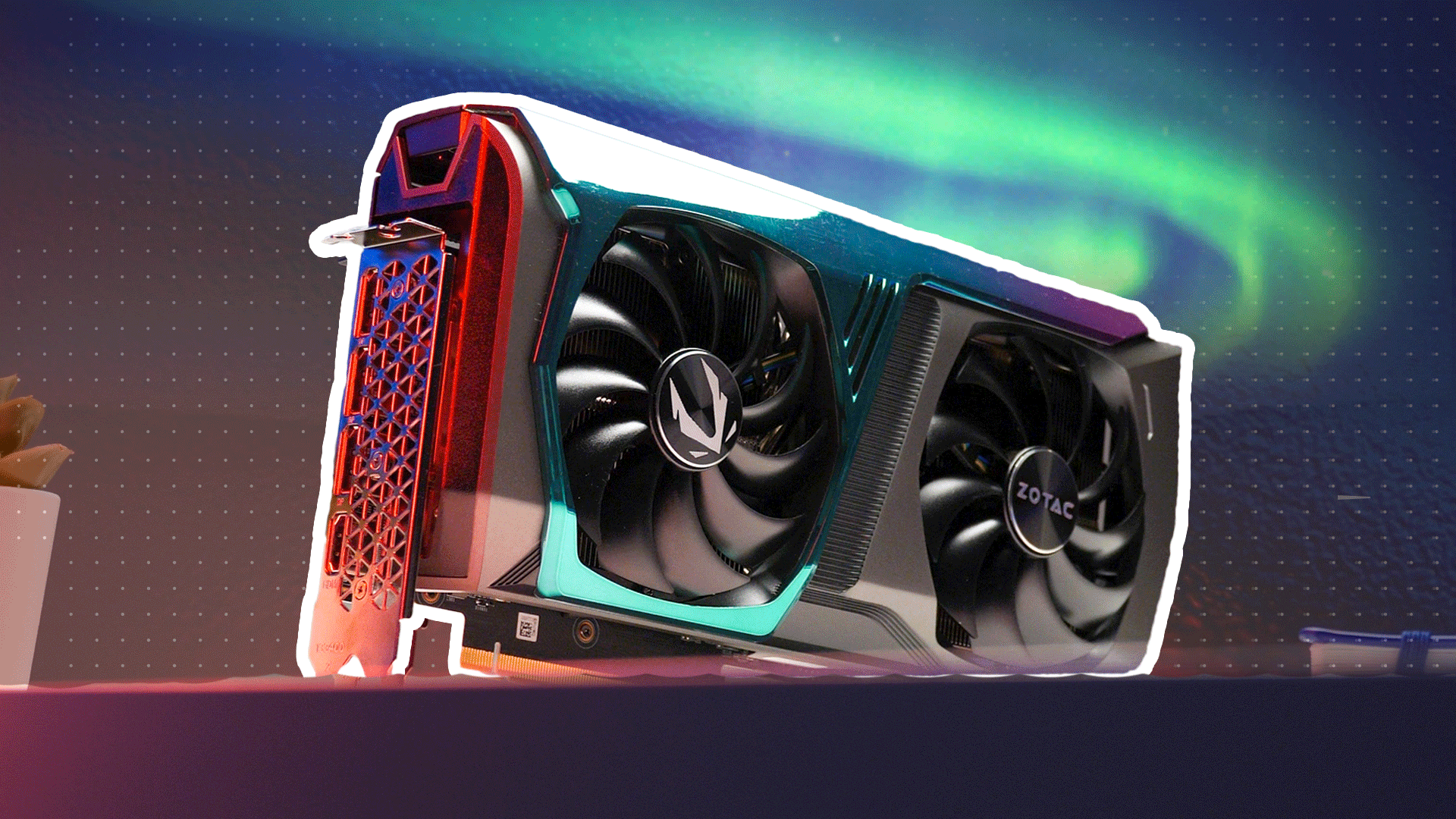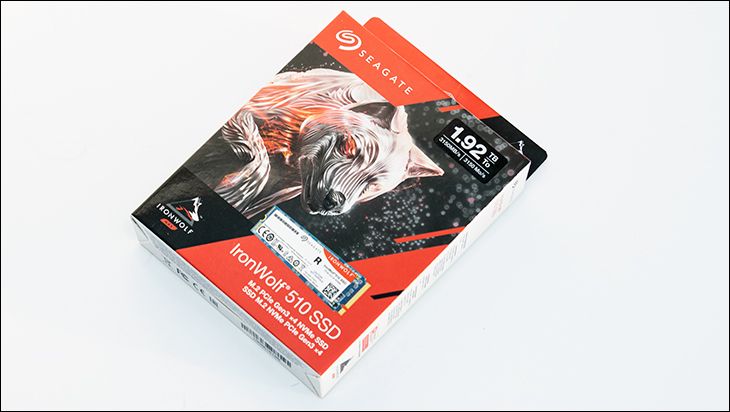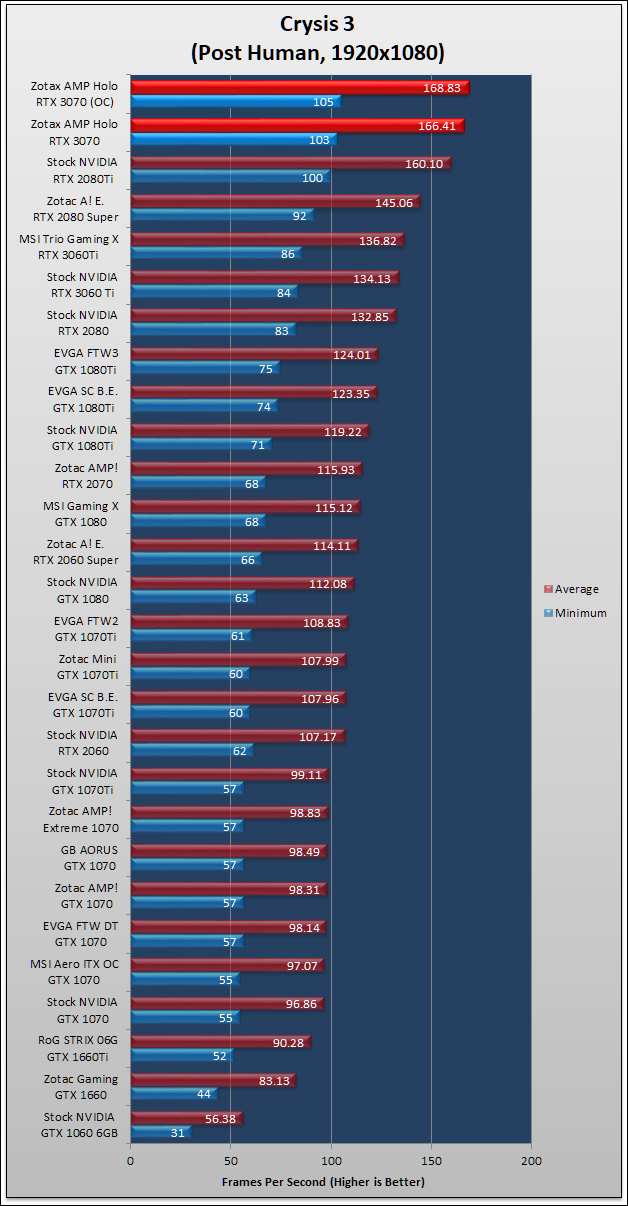

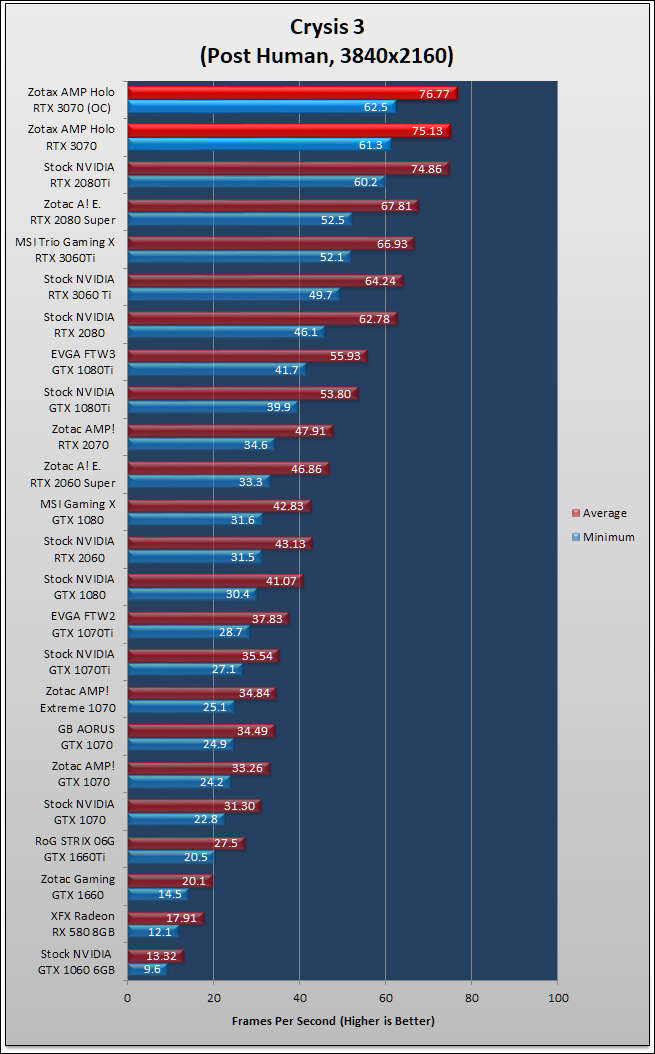

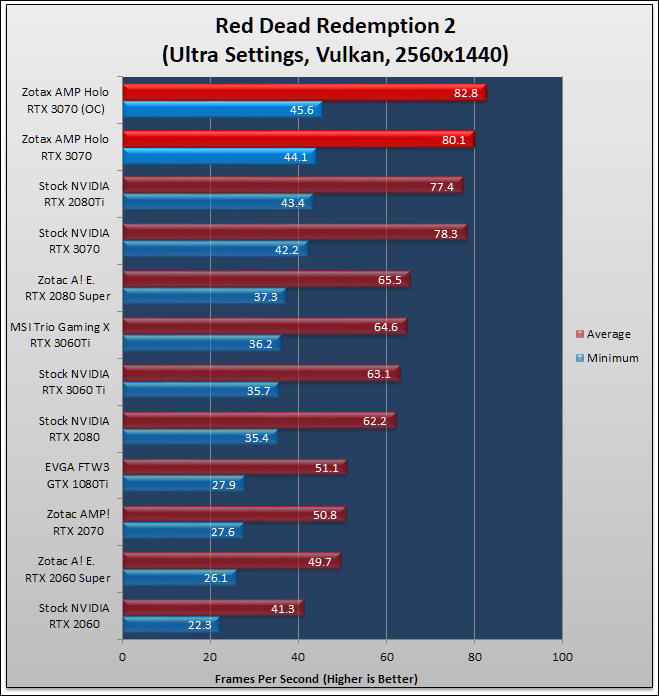

These days NVIDIA cards basically overclock themselves and the need to push things via “manual” overclocking has been greatly reduced. Feed the core clean stable power, keep temperatures in check and they basically take off like a rocket ship. So much so that we personally care more about the custom cooling solution a card comes with rather than the factory specifications. Thanks to a very good dual fan custom cooling solution the Zotac RTX 3070 AMP Holoblack will routinely hit 1950MHz right out of the box and during extended periods of gaming bounce around in the 1900 to 1910Mhz frequency range. That is rather good boost to say the least… especially as this is not a triple fan card and ‘merely’ a dual fan card.
Of course with that said, Zotac does give you some room for play and if you slam the power slider all the way to the right, and play with the voltage you can easily see peaks in 2050’s and an average in the 2020-2030MHz range. For some that bit of extra performance will make the difference, but the largest improvements will come on the GDDR6 front. Thanks to the use of Samsung IC’s this card does indeed have a lot of gas left in the tank. With very little effort 2050Mhz is not only possible but fairly conservative as we prefer long term stable overclocks over short-term stats. If you feel differently consider that the starting point for your adventures. Either way, that turns a 448GB/s bus into a 525GB/s (ish) bus. That really is where most of the improvements at higher resolutions will come from.
Overall, the Zotac RTX 3070 AMP Holoblack is not only a good ‘plug and play’ card it is also rather enjoyable one for those interested in overclocking adventures. Just understand that if you do push the boundaries noise levels are going to quickly go up, as it is a dual fan cooling solution. So, just as with all custom RTX 30-series card, we would recommend using it at factory settings for a month. If after that point you feel it is lacking, overclock the memory. Give it another month. Then if needed then start pushing the core harder. Most will probably land in the first or second stages with few feeling the need for even more performance.
